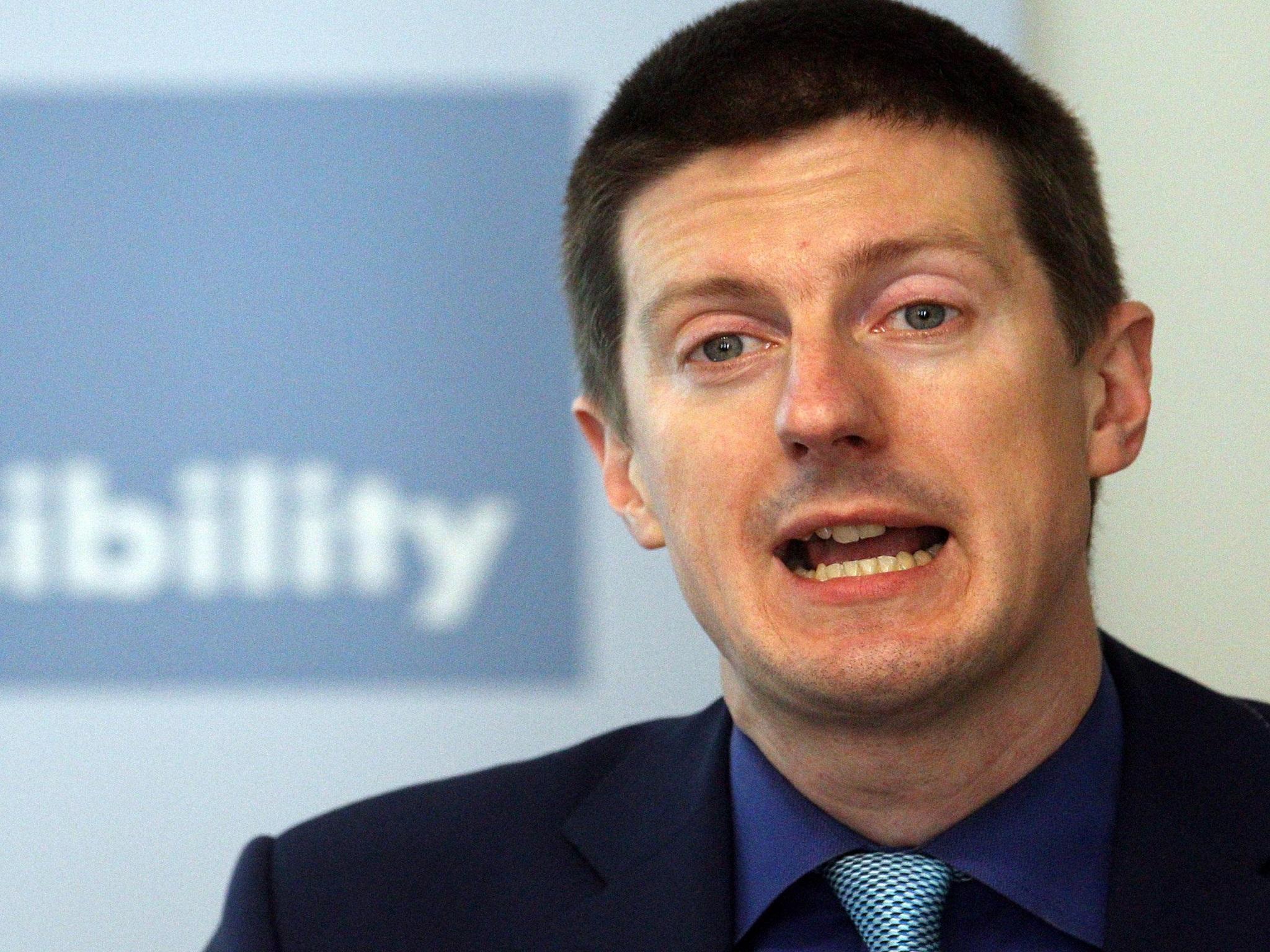Coronavirus: The different paths for Britain’s economy
Analysis: We’ve had scenarios from two teams of professional economic modellers and two different pictures. The question of which one is more accurate matters enormously, says Ben Chu


Just how much economic damage will this end up doing? It would probably seem utterly bizarre to put the Office for Budget Responsibility (OBR) in the optimistic camp when it comes to that question.
The Treasury’s official forecaster has released an “illustrative scenario” that has GDP falling by 35 per cent in the second quarter of 2020.
That would essentially be the largest quarterly drop in modern history for the UK economy.
If that’s optimism, what on earth does pessimism look like?
But dig beneath the headline and it becomes clear that the scenario that Robert Chote and his OBR colleagues have chosen to present reflects a fundamentally positive take on the ability of the British economy to weather the Covid-19 storm.
That unprecedented quarter of economic decline is followed by two quarters of unprecedented growth, as the health crisis abates and the lockdown can be partially lifted. The level of UK GDP returns to where it was by the end of the year.
And the 13 per cent fall in GDP for the full year of 2020 is followed by an 18 per cent expansion in 2021.
“We assume no lasting economic hit,” is how the OBR sums it up.
Robert Chote, the OBR’s chair, even suggests that while the economic shutdown could send the budget deficit up to 14 per cent – a level only exceeded in wartime – this crisis will probably not open up a “structural” hole in the UK’s finances, meaning there will not be any overwhelming demand for public spending cuts or tax rises when it’s over.
Broadly speaking, the OBR’s scenario is one where we can go back to normal.
We must, of course, hope that’s realised. But it would be unwise to bank on it.
The International Monetary Fund has also produced its own updated forecasts for the world economy. For the UK, its latest outlook has a 6.5 per cent drop in GDP in 2020 – considerably smaller than that of the OBR. Yet the bounce back in 2021 is weak – just 4 per cent growth. This is no rapid return to normal.
Like the OBR, incidentally, the IMF is assuming that the crisis abates in the second half of this year and economic restrictions can be eased.
Commenting on the global picture Gita Gopinath, the IMF’s chief economist, says: “This recovery in 2021 is only partial as the level of economic activity is projected to remain below the level we had projected for 2021, before the virus hit.”
So: two scenarios from professional economic modellers, two different pictures.
Why might the IMF’s be closer to the truth? It’s not difficult to think of reasons. Bankruptcies might damage the productive capacity of our economy. Fractured international and domestic supply chains might do the same. Businesses might feel too scarred and wary to invest. Consumers might be too nervous to spend.
A great deal of evidence suggests that the global financial crisis a decade ago did permanent damage to our growth potential. It’s not outlandish to fear that the Covid-19 shutdown could do so too.
While the immediate focus of policymakers is on suppressing and containing the virus, this question of what the economy will look like coming out of this crisis will be a fundamental determinant of their choices in the medium term – and the livelihoods of all the rest of us.
Join our commenting forum
Join thought-provoking conversations, follow other Independent readers and see their replies
Comments